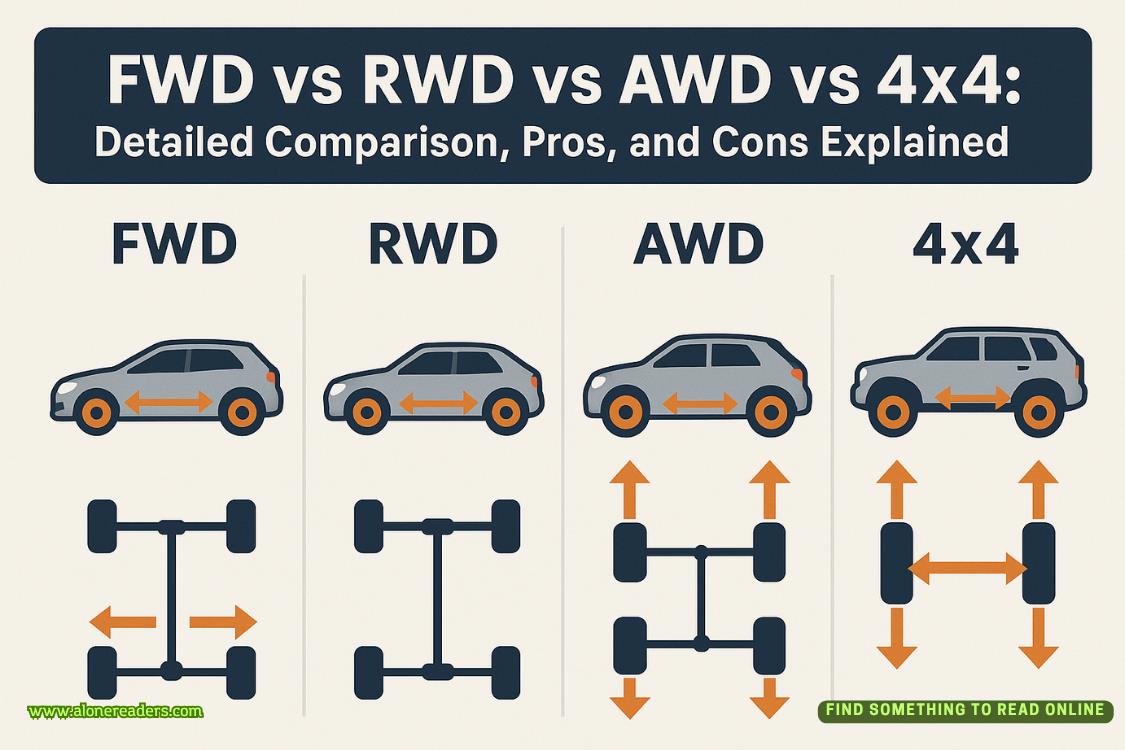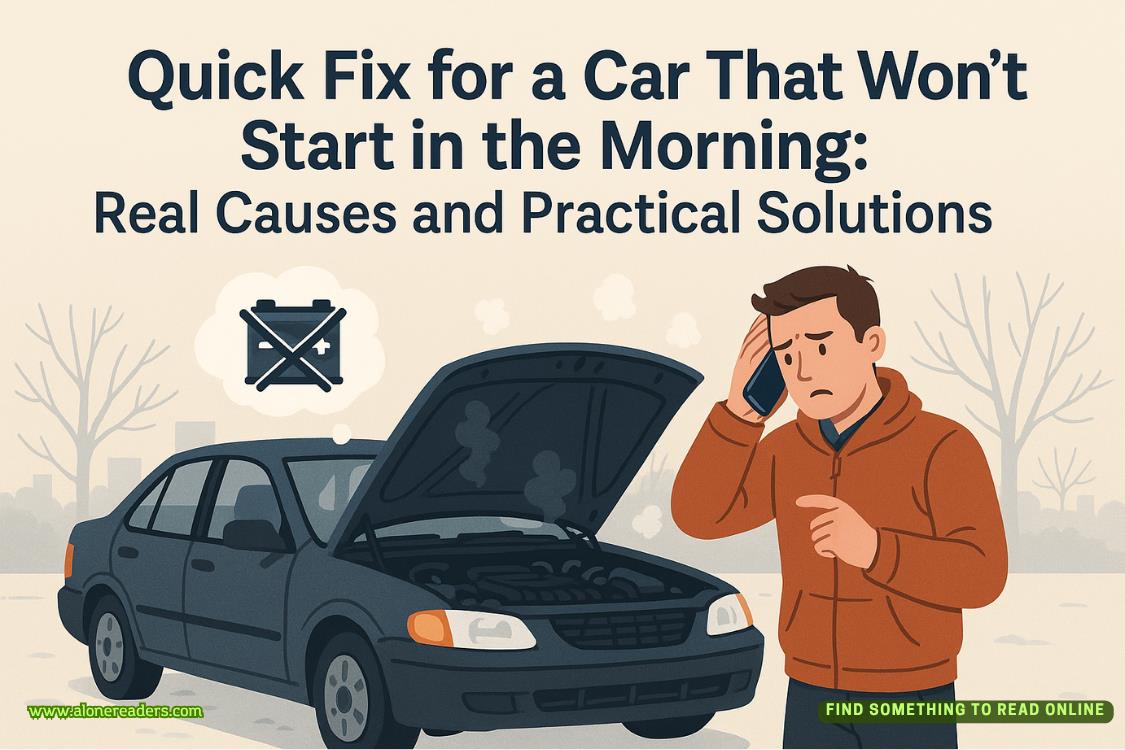Page 17 of Pinch
5
Hayden
“Miasma was thoroughly debunked by early scientists.” I stand at the podium before a small panel of graduate advisers explaining the premise of my graduate thesis. “While miasma led to things like better sanitation, germ theory was in direct response to the notion that the air could hold sickness.
“And while germ theory does explain transmissions of many illnesses, it was the adamant refusal to acknowledge the possibility of aerosol transmission that led to the rapid spread of the virus in early 2020. Scientists were so focused on germ theory, washing hands, cleaning surfaces, they didn’t properly account for the transmission through air.”
“You’ll bring in the case of the choir…” Dr. Vera Cross, my graduate advisor, prompts.
“Absolutely, the tragic story of the Sagkit Valley Chorale in Seattle was the first indication we were dealing with something more than skin-to-skin transmission. They followed all the CDC protocols. They washed their hands,they social distanced, they cleaned all surfaces. Yet after that one rehearsal, fifty-two individuals were diagnosed with the disease and three tragically died.”
“What will be your contribution to the body of knowledge, Miss Bradford?” Dr. Becker, the director of graduate studies, makes notes on his legal pad.
He’s very old-school, and most of my fellow students are afraid of him. I welcome his questions. He’s a good professor, and he challenges us to tie up every loose thread.
“Kawasaki Disease is a rare syndrome that mostly affects children under the age of five. It’s a terrible disease that causes extreme cardiovascular damage and can ultimately lead to death.” I swipe through my notes. “To this day, researchers still don’t know what causes it. It’s not spread by person-to-person contact, however they have identified a pattern that coincides with the wind and dust storms sweeping from China into Japan, where the illness most often occurs. Here on the west coast, Kawasaki outbreaks have been linked to weather patterns and strong winds coming off the Pacific Ocean.”
My throat tightens as two of the professors mutter something under their breath to each other that doesn’t sound encouraging.
“It’s still highly theoretical,” I continue. “I’m collaborating with a researcher at the Japanese Society of Kawasaki Disease, and if we were able to establish a link between air currents and the transmission of Kawasaki, it’s possible we could protect babies at these critical times and potentially save hundreds of lives.”
Dr. Becker straightens in his chair, crossing his leg and fixing his dark brown eyes on me. “That’s quite an ambitious goal.”
“Yes, sir, it is.” I look down at my iPad. “Researchers havebeen trying to solve this problem for five decades. I hope I can do my part to help advance our knowledge so no more babies will die from this terrible illness.”
“I look forward to seeing what you’re able to learn.” He stands, and my shoulders relax.
Dr. Cross steps forward to take my hand. “Well done, Haddy. I’ve never felt so inspired.”
My lips tighten, and I watch as the three other members of my advisory committee close ranks to chat.
“I hope I didn’t over-promise. I don’t think I’ll find the cause, but I want to advance the ball down the field.”
“A football metaphor?” The older woman’s nose wrinkles with her smile. “If you take after your dad, you certainly will.”
Dr. Becker walks over, extending his hand. “Nice presentation, Miss Bradford. Correct me if I’m wrong, but isn’t your mother Raven Bradford, chief meteorologist at KCLA?”
“Yes, she is.” I smile, knowing what’s coming next.
“And you’re an aerobiologist. I guess studying air currents runs in the family?”
“Mom always says understanding the weather can save lives, although she was hoping to be the next female Jim Cantore.”
He breaks into a chuckle. “What in the world is she doing in LA?”
“I guess you can blame me for that. She came here to be with my dad.”
“Of course.” He lifts his chin. “This research has a lot of potential. I’m glad to be on your advisory committee.”
“I’m glad to have you.”
We exchange a few more pleasantries, and I head to the lab where I’ll spend the majority of my time this semester.It’s a big white room with large computer monitors showing wind currents and tracking models.
It’s a lot like what my mom uses at the television station, and even if she is miffed at me for continuing the pageant tradition, she’s pretty stoked about my studies.
“How’d it go?” Timothy Grant walks up and leans against the counter where I’ve placed my iPad and phone.
He’s studying tickling. It’s the kind of research topic we get a lot of negative publicity for, but if the haters would dig a little deeper, they’d find out he’s actually working on something extremely useful in diagnosing autism in infants.















